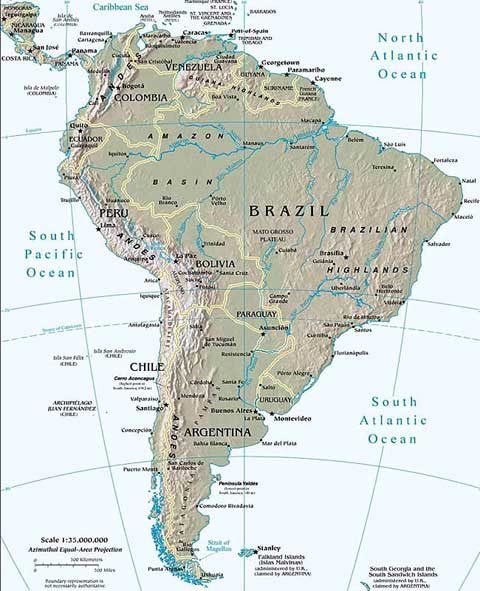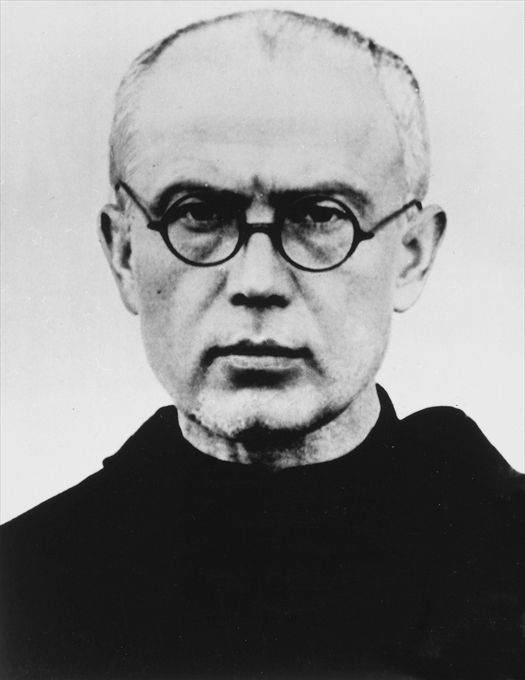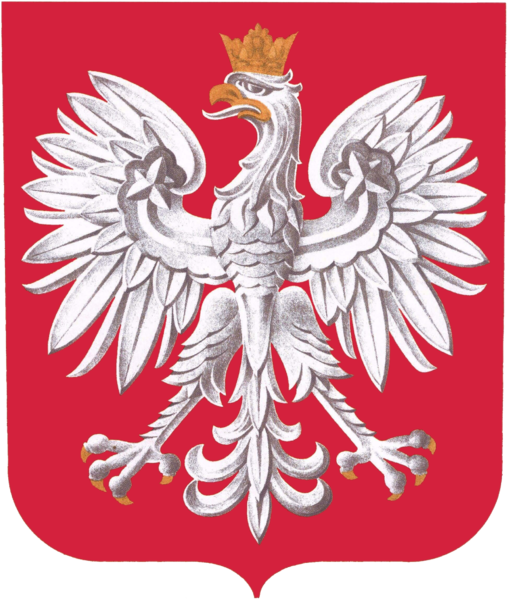The feast of St. Augustine of Hippo is a special day for CTP's general editor, Christopher Zehnder. When he was received into the Catholic Church 30 years ago, he took St. Augustine as his confirmation patron. Reading St. Augustine's Confessions during his teenage years was instrumental in Mr. Zehnder's conversion. Further, CTP's president, Michael Van Hecke, is also headmaster of a school named after St. Augustine. Therefore, in honor of the great bishop and theologian, CTP is offering three giveaways:
1) St. Augustine and His Search for Faith by Milton Lomask. (This is an out-of-print children's book from the Vision Series.)
To enter, please leave a comment telling us what your giveaway preference is -- #1, #2, #3 or Any. Entries will be taken until Saturday, August 31st and the three winners will be announced on Monday, September 2nd.
When Christ and St. Ambrose triumphed over the fierce pride, the pagan sensualism and the sharpness of intellect of Augustine, the conversion of this intellectual titan produced some of the greatest books of both theology and literature. The Confessions is, next to the Bible, itself, the most permanent of all best sellers. And in the Civitas Dei, the City of God, St. Augustine created a classic which gave Christianity a working philosophy, buttressing the Faith. So far, philosophy had been predominately pagan. Augustine "baptized philosophy" just as St. Thomas Aquinas, eight hundred and fifty years later, may be said to have given it the sacrament of confirmation.
 |
| St. Augustine Disputing with the Heretics |
Few men have equaled the amount of work he did from the time of his conversion to his death. One of his treatises is called "Eighty-three questions." He was the first Christian philosopher to study the problem of Time which, according to him, God created together with the Universe, so that time was relative and not an absolute factor. And he gave much study to the phenomena of dreams and of the secret and hidden processes of the mind -- fifteen hundred years before Einstein and the psychoanalysts.
Yet he always lamented the waste of his young years ("Late have I loved Thee...") and the sins of his past. When he was on his deathbed and the physician forbade him to read the small characters of his beloved scrolls, he gave orders to write the penitential psalms in large letters on the wall opposite his bed so that he could read them again and again. Among his last words, of Socratic humility, were "My greatest folly was that I wanted to understand everything." But what will be especially remembered by most people was his address to God: "Thou hast created us for Thyself, O Lord, and our heart is restless until it rests in Thee." (Founded on a Rock)
On this day you may want to read these words from Pope Emeritus Benedict XVI as he comments on his special attachment to St. Augustine.
A coloring page of St. Augustine.
Another coloring page
The Restless Flame: A Novel about St. Augustine by Louis de Wohl

















